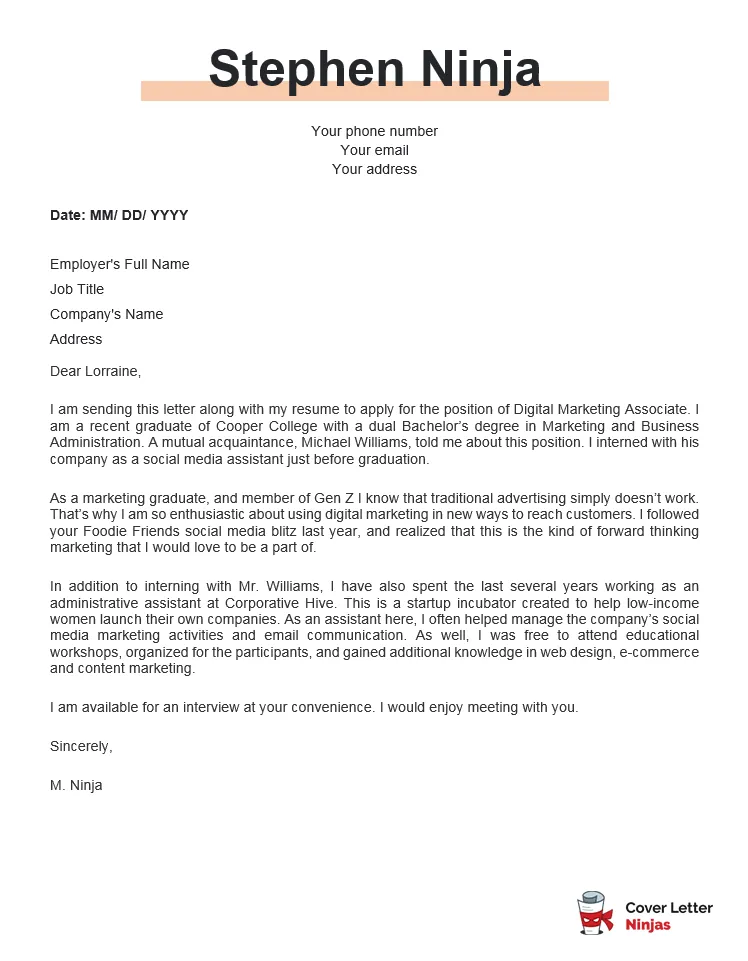Understanding the Importance of a Payroll Cover Letter
A payroll cover letter is your first introduction to a potential employer, and it’s a crucial tool for making a positive first impression. It provides an opportunity to showcase your skills, experience, and enthusiasm for the position, even if you lack direct payroll experience. A well-crafted cover letter can significantly increase your chances of landing an interview. It allows you to differentiate yourself from other applicants by highlighting your unique qualifications and demonstrating your understanding of the company and the role. In the competitive job market, a strong cover letter is essential to stand out and secure your dream job.
Why a Cover Letter is Essential
A cover letter serves multiple critical functions in your job application. First, it provides context for your resume. While your resume lists your skills and experience, the cover letter allows you to explain how those skills align with the specific requirements of the payroll position. Second, a cover letter gives you the chance to demonstrate your communication skills and writing ability, which are essential in any professional role. Third, it enables you to express your personality and enthusiasm, helping you connect with the hiring manager on a personal level. Finally, it is an opportunity to address any potential weaknesses in your application, such as a lack of direct experience, by highlighting transferable skills and your eagerness to learn.
Highlighting Transferable Skills
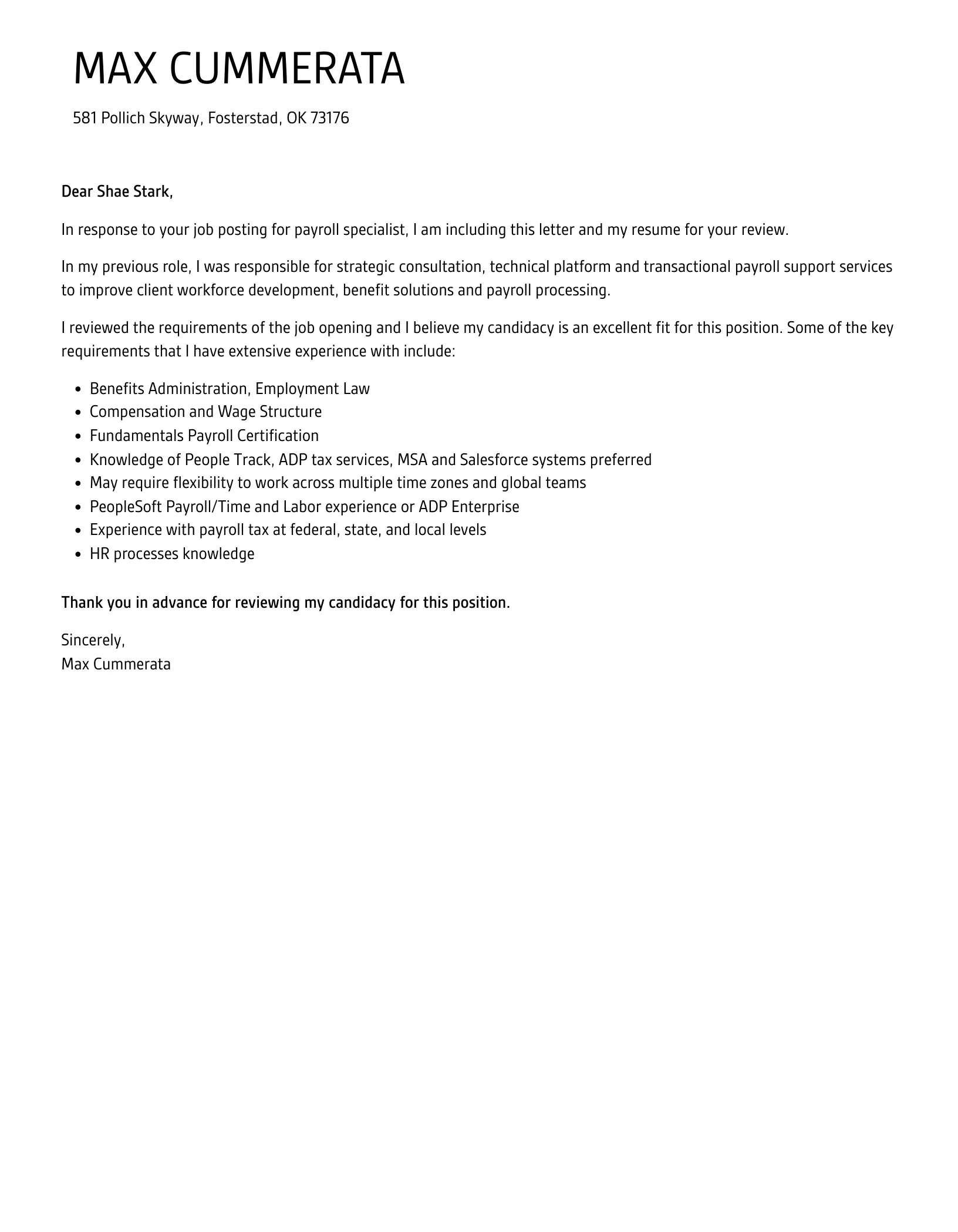
When applying for a payroll position with no prior experience, it’s essential to focus on your transferable skills. These are the skills you’ve acquired in other roles or settings that are relevant to payroll. Think about skills such as attention to detail, organizational abilities, data entry proficiency, and problem-solving skills. Also consider communication skills, both written and verbal, as you will interact with colleagues. Any experience working with numbers, managing data, or working in a fast-paced environment can be highlighted as proof of your ability to handle payroll responsibilities. For instance, your experience in accounting or customer service might be relevant.
Identifying Relevant Skills from Other Experiences
To identify the most relevant skills, review the job description carefully. Look for keywords and phrases that describe the required skills and qualifications. Then, reflect on your past experiences and identify instances where you’ve demonstrated those skills. Consider projects, volunteer work, or even academic achievements. For example, if the job description requires strong organizational skills, you can highlight your experience managing multiple projects or organizing events. If attention to detail is crucial, you can mention your experience in data entry or proofreading. Always try to relate your previous experiences to the specific needs of the payroll role.
Researching the Company and the Role
Before writing your cover letter, thoroughly research the company and the specific payroll role. Visit the company’s website, read news articles, and browse their social media profiles to understand their mission, values, and culture. This research will help you tailor your cover letter to the company and demonstrate your genuine interest in the position. Understand the responsibilities of the payroll role and the software or systems the company uses. This knowledge will allow you to show how your skills align with their needs. Researching the company will make you more confident and prepared to craft a compelling cover letter.
Tailoring Your Cover Letter to the Job Description
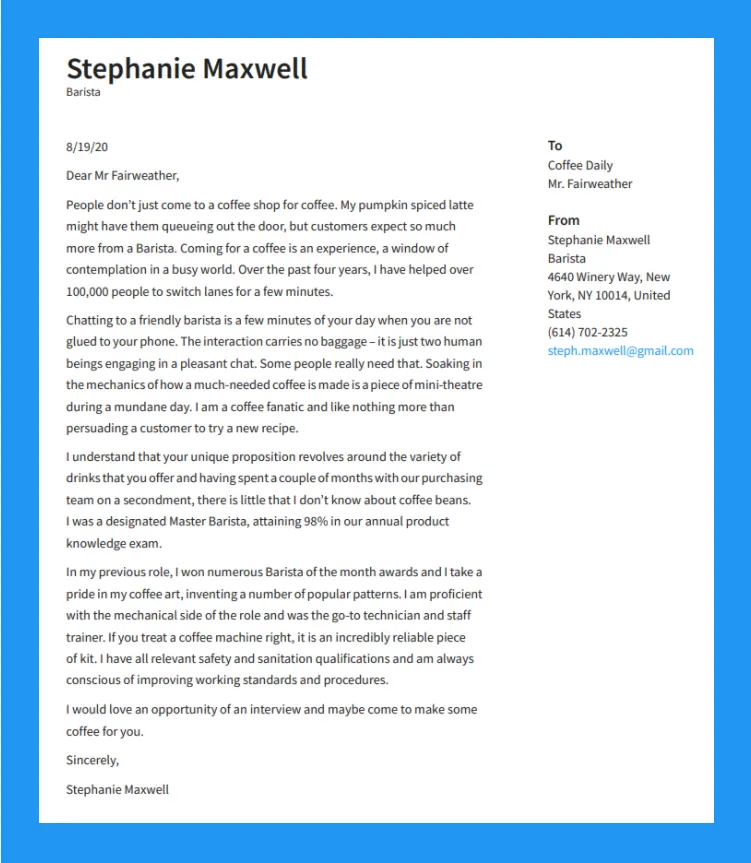
Avoid sending a generic cover letter. Instead, tailor each cover letter to the specific job description. Start by carefully reading the job description and identifying the key requirements and qualifications. Then, in your cover letter, address each of these requirements and explain how your skills and experiences align with them. Use the same keywords and phrases used in the job description to show that you understand the role and are a good fit. Tailoring your cover letter demonstrates that you’ve taken the time to understand the company’s needs and are serious about the position. A customized letter is much more likely to get you noticed.
Key Components of a Payroll Cover Letter
Contact Information and Salutation
At the top of your cover letter, include your contact information, such as your name, phone number, email address, and LinkedIn profile URL. If you know the hiring manager’s name, address the cover letter to them personally (e.g., Dear Ms. Smith). If you are unsure, you can use a general salutation such as “Dear Hiring Manager.” Ensure that your email address is professional and that your LinkedIn profile is updated and reflects your relevant skills and experiences. Proofread this section carefully to avoid any errors. Using a name is a plus.
Opening Paragraph How to Grab Attention
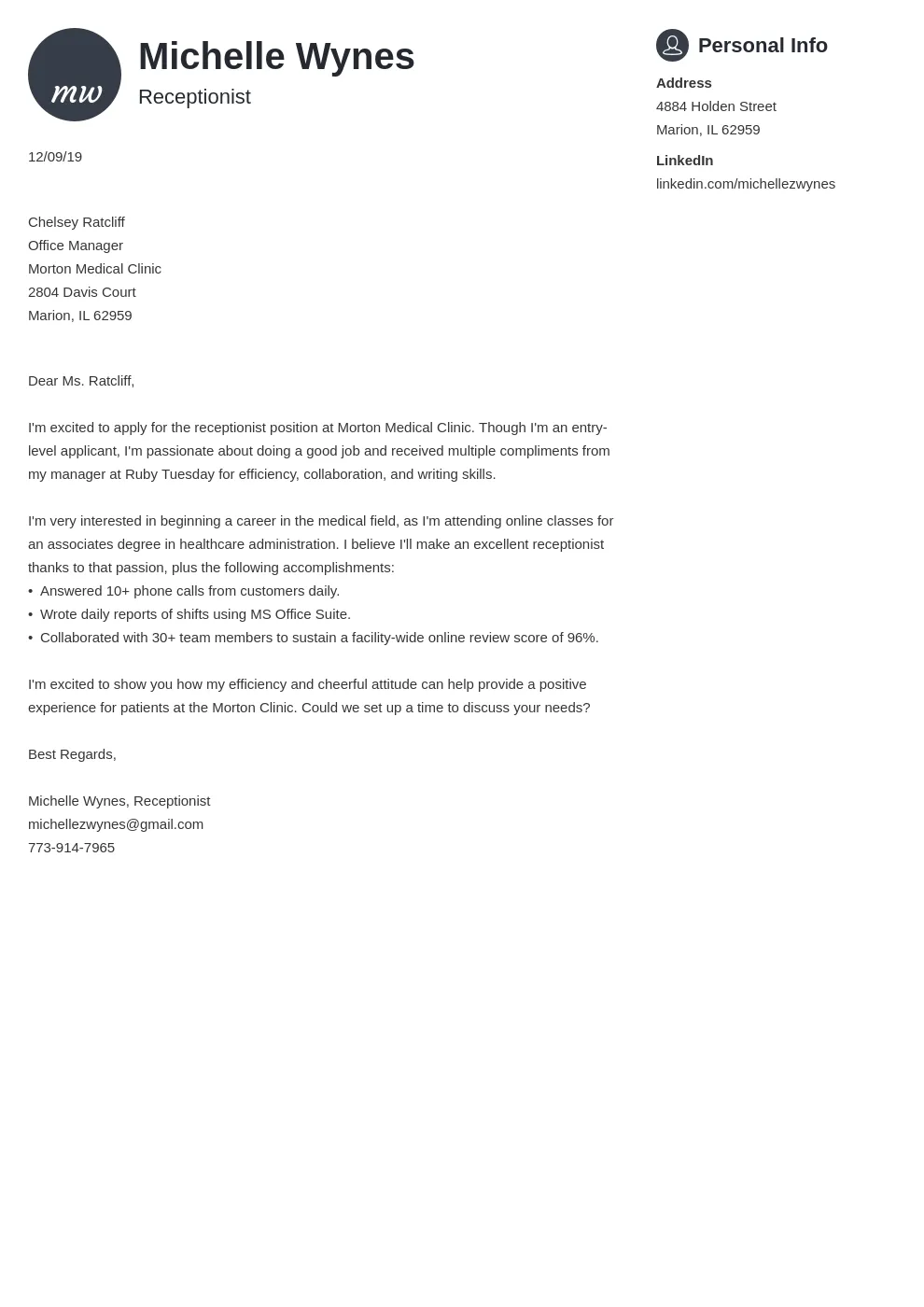
The opening paragraph is your chance to grab the hiring manager’s attention. Start with a strong statement that expresses your interest in the position and the company. Mention where you saw the job posting and briefly state why you’re a good fit. Highlight your enthusiasm and mention any specific skills or experiences that align with the role. Be concise and make sure to express your genuine interest. The best way to grab attention is to show your understanding of the company’s needs, and demonstrate that you have the necessary skills to contribute.
Body Paragraphs Showcasing Your Value
The body paragraphs are where you provide details about your skills and experiences. Focus on demonstrating how your transferable skills align with the job requirements. Provide specific examples of how you have used these skills in the past. Use the STAR method (Situation, Task, Action, Result) to describe your experiences and quantify your accomplishments whenever possible. Be sure to emphasize how your skills will benefit the company and contribute to their success. Use clear and concise language and avoid jargon. Tailor each paragraph to the specific requirements of the job description.
Closing Paragraph and Call to Action
In the closing paragraph, reiterate your interest in the position and the company. Thank the hiring manager for their time and consideration. Include a call to action, such as stating that you’re available for an interview and eager to discuss how your skills and experience can benefit the company. Proofread the entire letter for any errors before submitting it. Your enthusiasm should resonate throughout the entire cover letter, making sure your last paragraph should leave a strong impression.
Formatting and Proofreading for Success
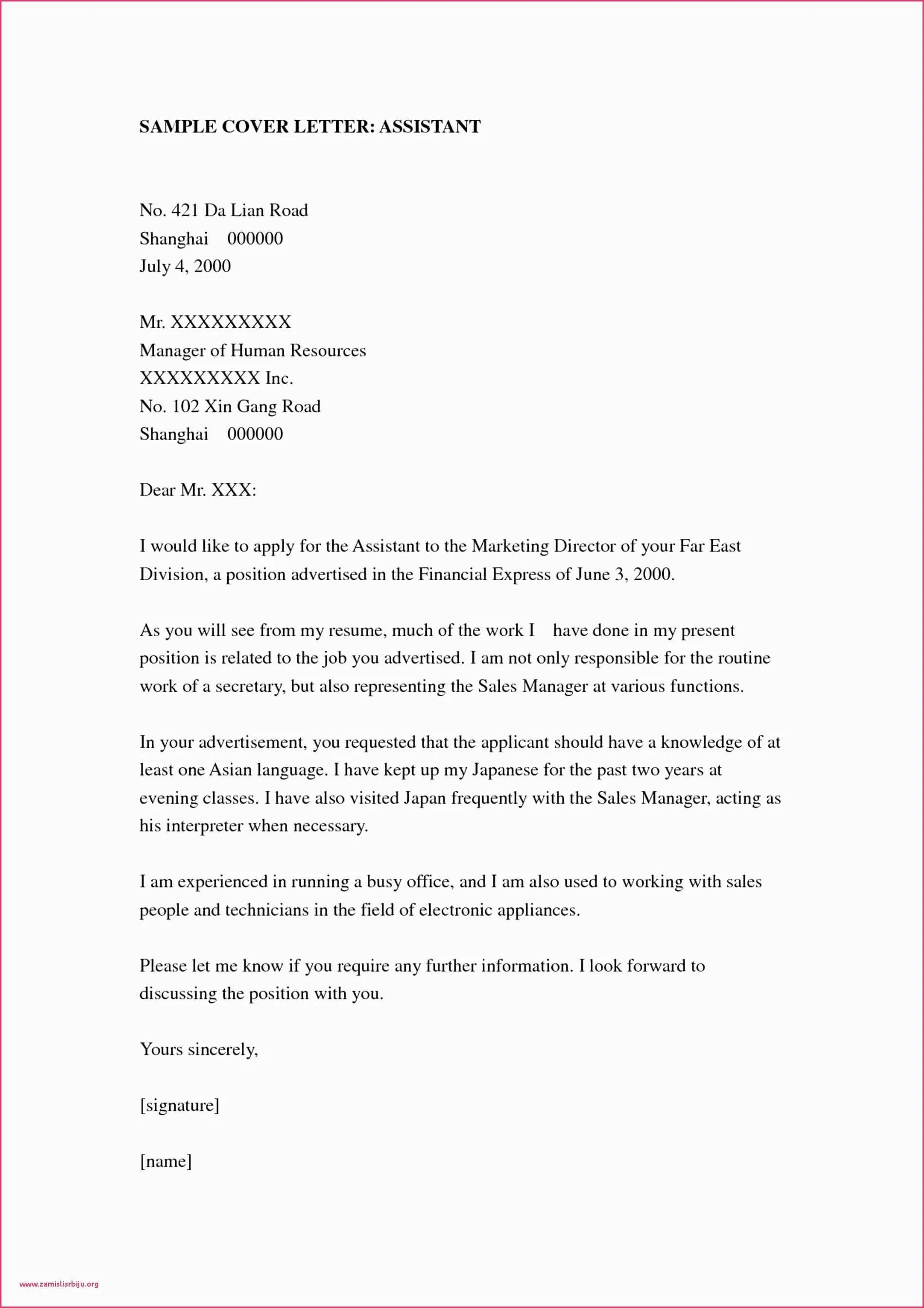
Formatting Guidelines for a Professional Look
A well-formatted cover letter is essential for making a professional impression. Use a standard font, such as Times New Roman, Arial, or Calibri, and keep the font size between 10 and 12 points. Use 1-inch margins and single-space the body of the letter, with a blank line between each paragraph. Use a clear and easy-to-read layout. Make sure the letter is well-organized and easy to scan. This helps the hiring manager quickly grasp your key qualifications. A clean format is key to presenting your professional brand.
Proofreading Techniques to Avoid Errors
Proofreading is a critical step in the cover letter writing process. Errors can detract from your professionalism and potentially cost you the job. Before submitting your cover letter, carefully proofread it for any typos, grammatical errors, and punctuation mistakes. Use a spell checker and grammar checker, but don’t rely on them entirely. Read the letter aloud to catch any awkward phrasing or sentences. Ask a friend, family member, or career counselor to review your cover letter for feedback. Make sure to carefully check the company name and the hiring manager’s name to make sure they are correct.
Highlighting Your Enthusiasm and Fit
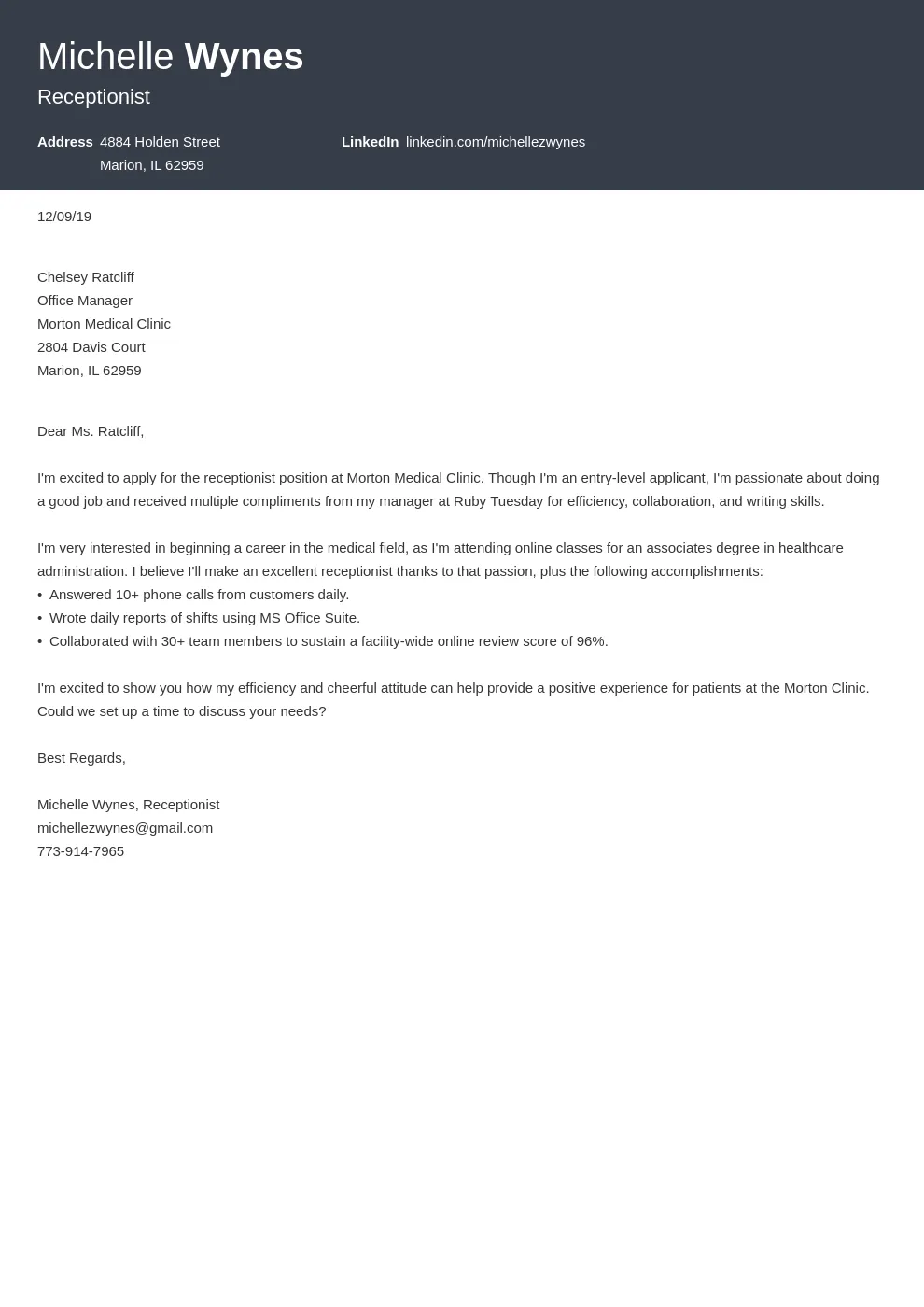
Expressing Genuine Interest in the Company
Expressing your genuine interest in the company is crucial for making a positive impression. In your cover letter, mention specific aspects of the company that appeal to you, such as their mission, values, or products. Show that you’ve researched the company and understand its goals. Avoid generic statements and instead, provide specific examples of why you’re excited about the opportunity. Demonstrate your enthusiasm for the role and the company. A genuine tone will make a strong impact on the hiring manager.
Demonstrating Your Understanding of Payroll
Even if you don’t have direct payroll experience, you can demonstrate your understanding of payroll processes. Research the common responsibilities of a payroll specialist, such as processing wages, managing employee records, and ensuring compliance with tax regulations. Mention any relevant coursework, certifications, or training you’ve completed. Highlight any skills you have that are related to payroll, such as data entry, attention to detail, and analytical skills. If you have any experience with accounting software or financial systems, mention that as well. Focus on your willingness to learn and your eagerness to contribute to the payroll team.
Providing Examples of Skills
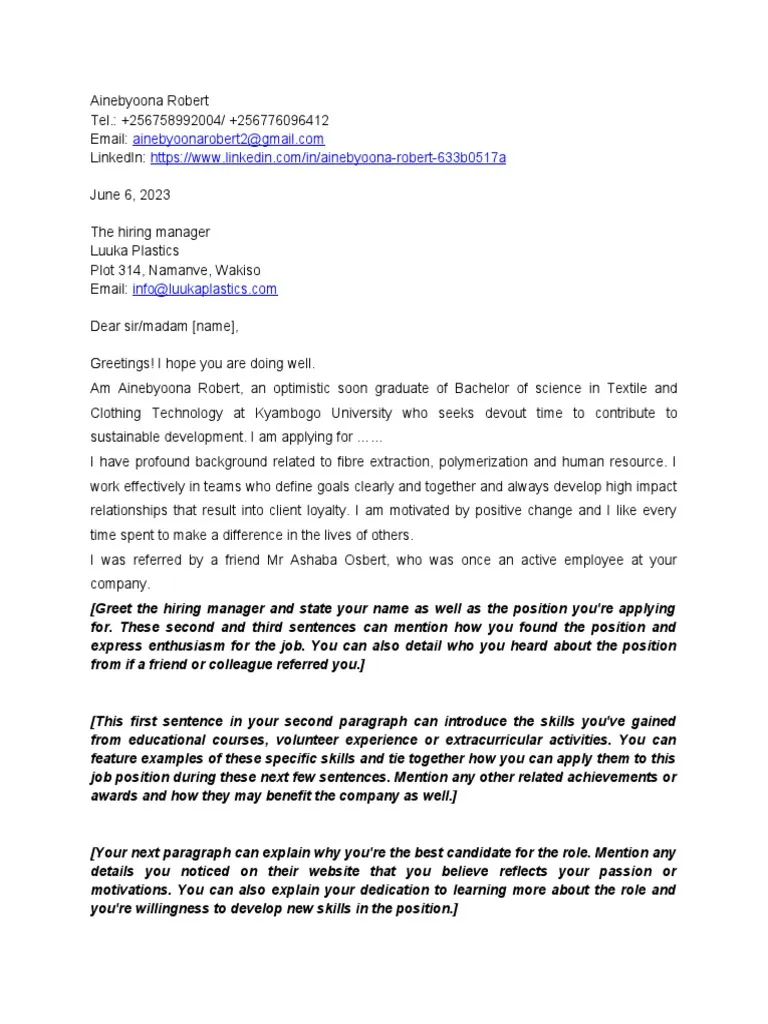
When highlighting your skills, provide specific examples of how you have used them. Instead of simply saying you’re organized, provide an example of how you’ve managed multiple tasks or projects effectively. Instead of saying you’re detail-oriented, give an example of a time when you caught an error. Use the STAR method (Situation, Task, Action, Result) to describe your experiences. This method helps you provide a clear and concise picture of your skills and accomplishments. By providing concrete examples, you can show the hiring manager that you are a capable candidate who can deliver results.
Emphasizing Skills and Experiences
In your cover letter, emphasize your skills and experiences that align with the job description. Focus on the qualifications that the employer has indicated are most important. Review the job description carefully and identify the keywords and phrases that describe the required skills and abilities. Use these keywords throughout your cover letter to show that you understand the role and are a good fit. If you have any related experience, even if it’s not direct payroll experience, make sure to highlight it. Use the STAR method to describe your experiences. Emphasizing your skills and experiences will greatly help you stand out.
Addressing the Lack of Direct Payroll Experience
If you lack direct payroll experience, address this upfront in your cover letter. Briefly acknowledge that you don’t have payroll experience, but immediately transition to highlighting your transferable skills and enthusiasm for the position. Express your eagerness to learn and your willingness to contribute to the team. Mention any relevant coursework, certifications, or training you’ve completed. Focus on your understanding of payroll processes and your ability to quickly adapt and learn new skills. Showing a proactive approach helps to address the concern.
Tips for Writing a Compelling Cover Letter
Using Action Verbs to Describe Your Skills
Use strong action verbs to describe your skills and accomplishments. Action verbs make your cover letter more dynamic and engaging. Instead of saying “I was responsible for,” use action verbs such as “managed,” “coordinated,” “implemented,” “analyzed,” or “achieved.” Start each bullet point or paragraph with a strong action verb. This helps to create a sense of momentum and highlight your accomplishments. This will show your ability to contribute and take action.
Quantifying Your Accomplishments
Whenever possible, quantify your accomplishments. Instead of saying “I improved customer service,” say “I improved customer service scores by 15%.” Instead of saying “I managed a team,” say “I managed a team of 10 employees.” Quantifying your accomplishments makes your cover letter more impactful and demonstrates your value to the company. Using numbers provides concrete evidence of your skills and abilities. Numbers are often key when trying to quantify your experiences.
Seeking Feedback Before Submitting Your Letter
Before submitting your cover letter, seek feedback from others. Ask a friend, family member, career counselor, or mentor to review your cover letter and provide constructive criticism. They can help you identify any areas for improvement, such as typos, grammatical errors, or awkward phrasing. They can also provide feedback on the overall tone and effectiveness of your cover letter. Asking for feedback will increase your chances of creating a strong and compelling cover letter. A fresh set of eyes can offer valuable insights.
